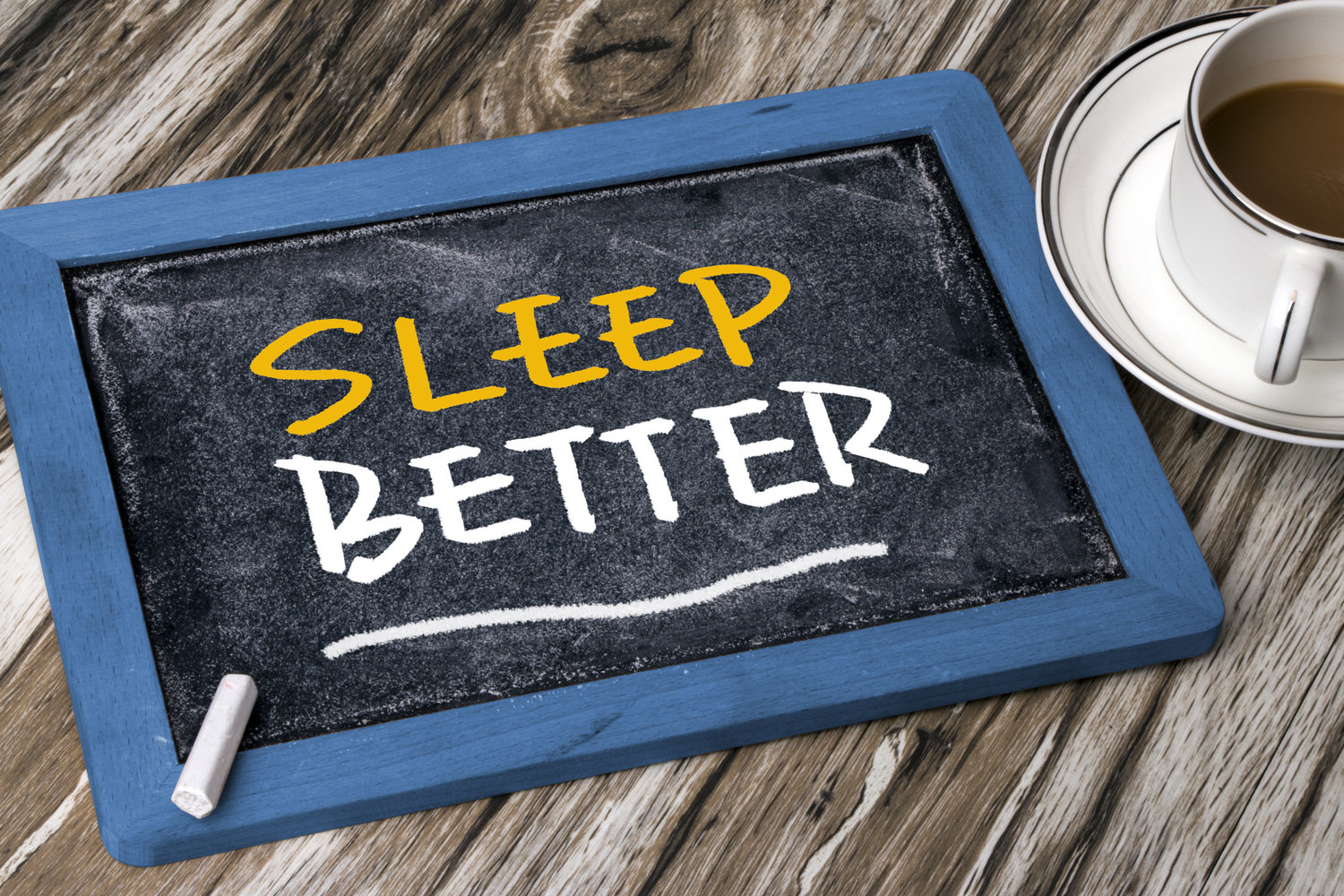- Your cart is empty
- Continue Shopping
Your Guide to Better Sleep in 2018

If your 2018 new year’s resolutions have something to do with improved health and well-being, you’re not alone! And we want to support you in the endeavor to have a happier, healthier, more restful year. And among other things, much of how you feel on a daily basis is tied to how well you sleep. So check out our 2018 guide to better sleep!
1. Track your sleep.
The first thing you need to know is how much and how well you’re sleeping. It’s hard to know if you’ve improved anything without a baseline to start from. You can find your baseline with something as simple as a daily sleep journal — nothing more than a pen, paper, and a little awareness necessary — or you could use a sleep tracking app.
Sleep tracking apps are available through your phone, Apple and Android offer a lot of choices, and through wearable tech, like iWatch and Fitbit. Fitbit, for example, uses autodetection (based on your movement) and additional data to track your sleep. If you wear a Fitbit device with heart-rate tracking to sleep, it uses a combination of your movement and heart-rate patterns to estimate your sleep stages.
The best sleep tracking app is the one that works with your devices and that you feel comfortable using.
2. Understand the stages of sleep.
If you’re wearing a device that detects your heart rate as you sleep, it’s likely that it can estimate how much time you spend in each stage of sleep, including REM.
Each night, your body typically goes through a pattern of alternating REM (rapid eye movement) and NREM (non-rapid eye movement) sleep that repeats itself about every 90 minutes.
NREM sleep includes the stages of light sleep and deep sleep. Light sleep usually begins as you fall asleep, and includes the period of drifting between wakefulness and sleep. During deep sleep, your breathing slows and your muscles relax, while your heart rate usually becomes more regular. During deep sleep, tissue growth and repair occurs, energy is restored, and important hormones are released.
REM sleep is the final stage of sleep, in which your brain activity increases and dreams occur. Heart rate increases and breathing becomes more irregular. REM sleep is important for mood regulation, learning, and memory, as it provides energy to brain and body and supports daytime performance.
3. Get regular exercise.
Regular exercise has been shown to improve sleep quality and increase sleep duration. And because working out reduces stress and tires you out, it can help you sleep better in other ways. After 2 ½ hours of moderate to vigorous activity a week (which is the national guideline), people said they felt less sleepy during the day, compared to those with less physical activity.
4. Create a better sleep space.
Make sure that your bedroom environment is conducive to falling asleep easily and sleeping soundly all night long. Make sure that your room is quiet, cool, and dark — three important contributions to good sleep.
Also, make sure that you have a mattress that supports your body well and works with your typical sleep positions. If you regularly wake up with sore muscles or achy joints, it’s probably time to rethink your mattress. Come by one of our Mattress Man stores to test out new mattresses with the latest sleep technology, like advanced memory foam with improved cooling and enhanced airflow.
See you soon, and here’s to better sleep in 2018!




